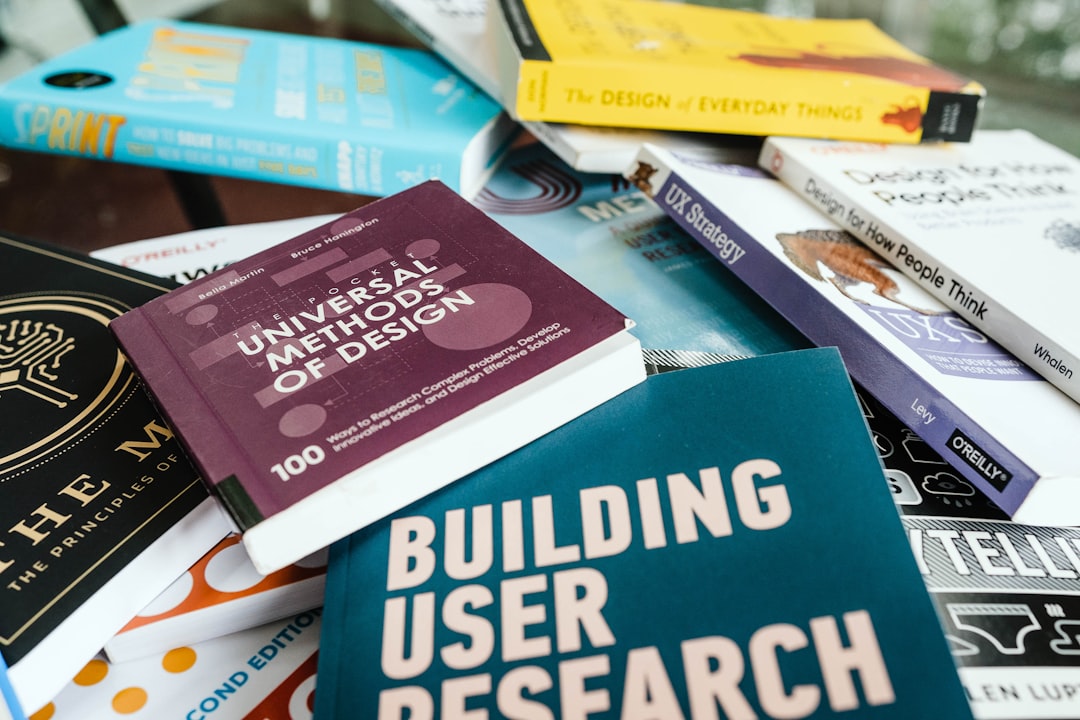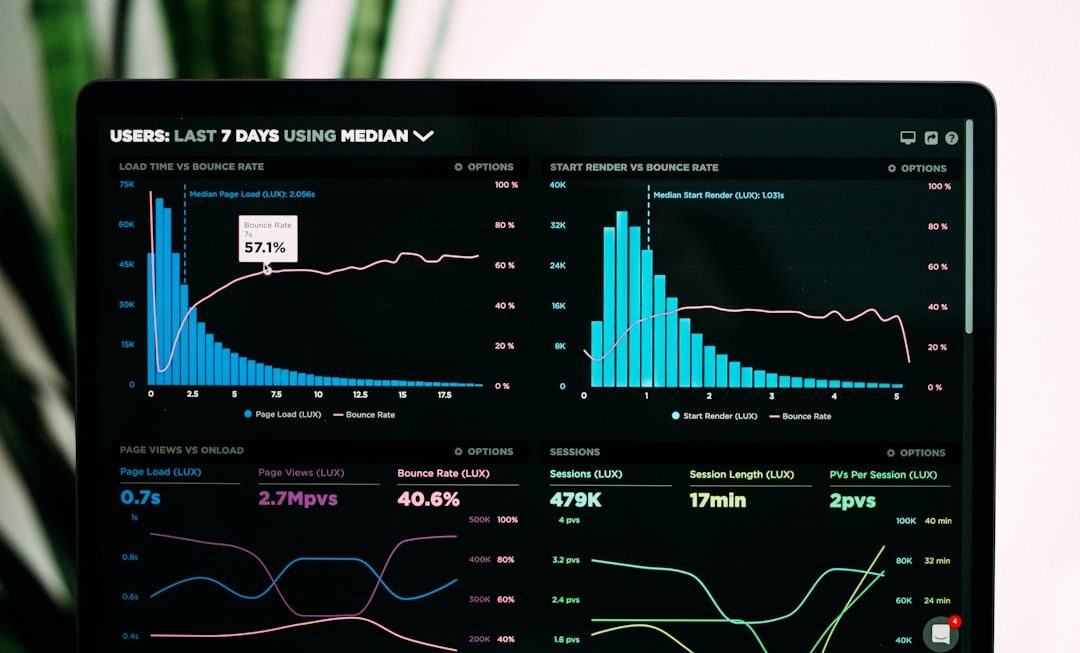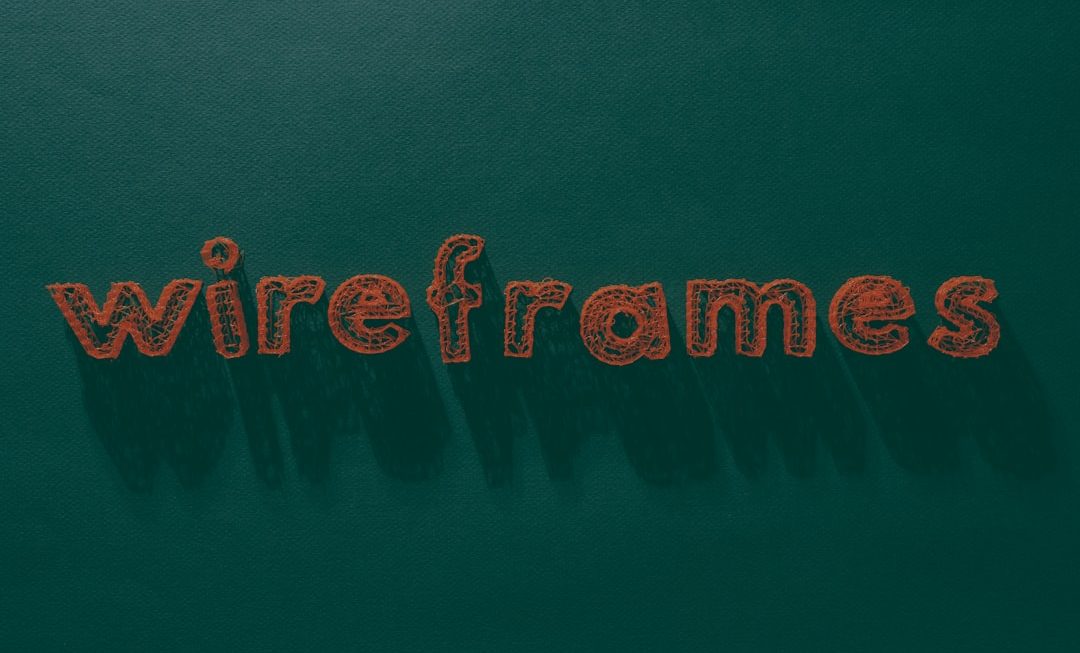In today’s saturated marketplace, developing a powerful and differentiated brand is no longer just a bonus — it’s a necessity. Whether you are launching a startup or looking to revamp your existing brand, having a strategic and unique brand development plan can help set you apart from the competition. Let’s explore how to craft a brand development strategy that truly stands out and captures the hearts and minds of your audience.
1. Understand Your Brand’s Core Identity
Every successful brand starts with a deep understanding of its identity. This includes your mission, vision, values, and what makes you different from others in your industry. Ask yourself:
- Why does your company exist?
- What do you offer that others don’t?
- Who are you trying to reach?
Your brand’s identity is the foundation on which all other strategies are built. Keep this core consistent, but adapt how it’s expressed across various platforms.
2. Identify and Understand Your Audience
To stand out, your messaging needs to hit home with the right people. Dig deep into understanding who your ideal customer is. Consider factors such as:
- Age, gender, and location
- Interests and behaviors
- Online habits and preferred communication channels
Use tools like customer personas, surveys, and market research to gather insights. The better you know your audience, the easier it becomes to communicate in a way that resonates.

3. Define a Clear Brand Positioning
Positioning is about claiming a unique place in the minds of your consumers. Your goal here is to articulate what makes your brand different — and better — in a specific and meaningful way.
Write a brand positioning statement that includes:
- Target audience
- Market category
- Benefit or value offered
- Proof that supports your claim
For example: “For creative professionals overwhelmed by clutter, our app provides a simple, streamlined way to organize ideas — unlike other tools, we focus solely on visual thinkers.”
4. Craft a Distinctive Brand Voice and Visual Identity
Your brand should be as visually engaging and tonally consistent as it is strategic. Your brand voice should reflect both your identity and your audience.
Is your brand friendly, professional, quirky, or luxurious? Once defined, this tone should flow through every piece of content — from your emails to your packaging.
Next, develop a cohesive visual system, including:
- Logo and design assets
- Typography and color palette
- Photography and graphic styles
Consistency across all branding elements builds recognition and trust over time.

5. Tell a Compelling Brand Story
A brand isn’t just what you sell — it’s also the story you tell. Sharing your journey, values, and purpose creates emotional engagement. A strong brand story can:
- Humanize your business
- Create lasting emotional connections
- Give your brand a memorable narrative
Make sure your story is authentic and reflected in all of your marketing efforts, from your About page to your social media posts.
6. Deliver Consistent Brand Experiences
Your brand isn’t just how it looks or sounds — it’s how people experience it. From customer service to product quality to online interactions, ensure your brand delivers consistently at every touchpoint. This creates long-term trust and loyalty, two critical ingredients for brand growth and advocacy.
7. Monitor, Adapt, and Grow
A powerful brand development strategy isn’t static. Markets evolve, consumer preferences shift, and trends come and go. Build in mechanisms for feedback and analytics so you can learn what’s working and what’s not. Be willing to pivot where necessary while staying true to your core values.
Final Thoughts
In the end, building a brand that stands out is about finding the perfect balance between authenticity and innovation, consistency and creativity. When done right, a strong brand becomes more than a business asset — it becomes a loved and trusted part of people’s lives.




